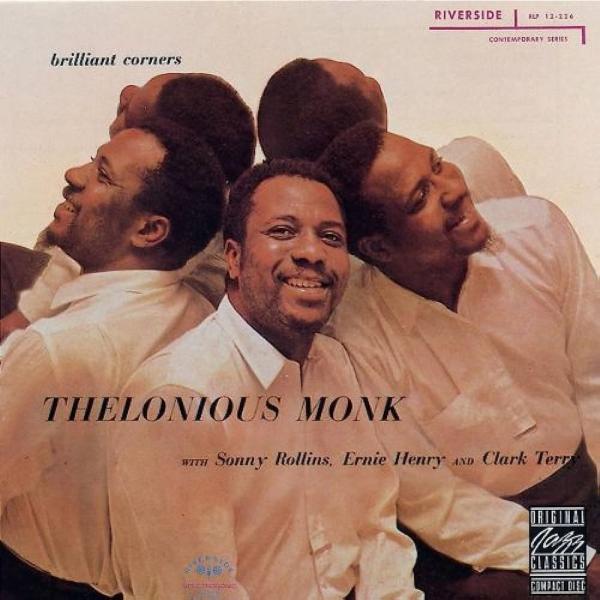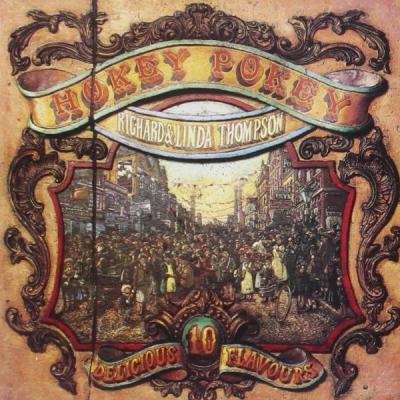


Thelonius Monk: Brilliant Corners
Album #8 - March 1957
Episode date - June 14, 2023
And now for something completely different. Nearly everything about Monk was different, which can make it difficult to grasp his intentions but once they reveal themselves, an underlying genius emerges that is undeniable.
Monk wrote music that was much more complex than a layman’s ear might notice. Sure, we would note the odd choices in a melodic line or an unusual harmony, but the structure of his material was often startlingly complex, to the point where his own sidemen would find it impossible to comprehend the logic of his constructions. A casual listener usually doesn’t count measures while listening to music for pleasure, but if you are playing bass or drums or saxophone with Monk, you need to always know where you are, and after a while you might even start to think that he’s playing you for a fool.
Rumor has it that sax player Ernie Henry nearly had a breakdown while trying to follow Monk’s instructions on “Brilliant Corners”, getting lost in the oddly structured opening pattern of 8, followed by another pattern of 7 (4-3) and then another, but inverted (3-4) that then repeats itself in double time. That is difficult enough to grasp, but the song is sprinkled with odd, atonal accents inserted at unusual places that are essential to the melody line. In one session, the band attempted twenty-five takes and never got it right. At one point, bassist Oscar Pettiford was so confused that he simply stopped playing, pantomiming his part so it wouldn’t be too obvious to the others. Indeed, Sonny Rollins is the only player who seems unfazed, but that is likely because of his extensive experience working side by side with Monk.
All of this makes it sound as though Monk was a harsh taskmaster who relished humiliating his peers, but nothing could be further from the truth. Casual listeners may miss the small details that can make even the best session players cringe, but on first listen they can pick up the sense of play that Monk employs in his songwriting. He heard things differently and he worked hard to get that across, which means he wanted his audience to be both intrigued and entertained.
Other than the title track, the remainder of the album isn’t nearly as baffling. “Bemsha Swing” and “Ba-Lue Bolivar Ba-Lues Are” (an aside – Did you ever notice how jazz tunes often suffer from awful song titles? Monk’s style of thinking well outside the box allowed him to make up new words or phrases to convey wit and originality.) are both blues-based structures, with emphasis placed on finding rhythmic patterns, melodies and harmonies that allow the structures to break new ground even when placed in simple form.
Proof that listeners appreciated Monk’s formula can be seen in the number of tribute albums and performances that have been dedicated to his music. Has any jazz musician received more attention and/or attempts at interpretation than Monk? The list of Monk-based projects is seemingly never-ending, but then again, so is the list of original material that is attributed to him. Four of the five songs here were written by Monk, the one exception being his solo piano piece, “I Surrender, Dear,” which dates to the early ‘30s, and which he now virtually owns through his virtuosic interpretation. Everything that appears on “Brilliant Corners” is classic in one way or another and it still resounds because Monk knew how to intrigue and baffle afficionados and still make the rest of us smile.
Featured Tracks:
Brilliant Corners
Ba-Lue Bolivar Ba-Lues-Are
Pannonica
I Surrender, Dear
Bemsha Swing
March 1957 –Billboard Did Not Chart
Related Shows
- 1 of 19
- ››













